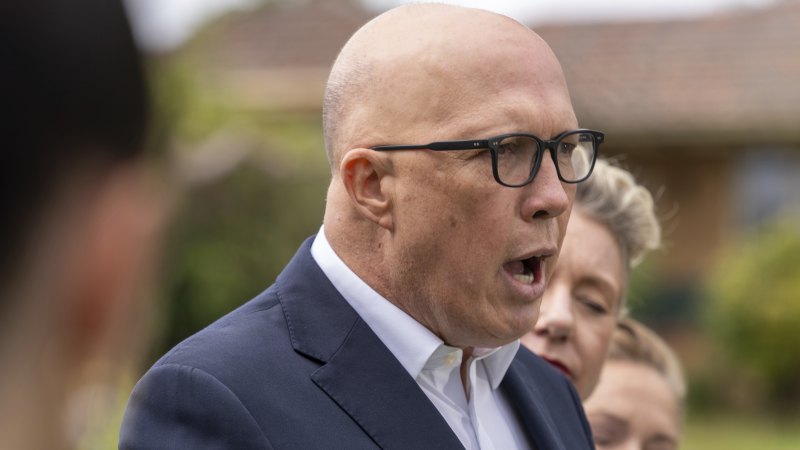
Because the Labor policy shifts the gains towards people on low and middle incomes, the benefits shrink for those earning more than $146,400 a year and this means about 1.1 million taxpayers will receive a smaller tax cut in the first year of the Labor policy compared with the original Coalition plan.
Loading
Coalition finance spokeswoman Jane Hume expressed frustration with Treasury officials at a public hearing on Monday when she asked them to reveal the number of people who would get a smaller tax cut over the 10 years ahead.
“This is the most profound change to a tax system and the most profound reform which is being unwound,” she said.
“You have said that you have done the analysis to say that this is the solution. How can you not know how many more people are going to pay more tax over the medium term, in which the government is going to rake in an additional $28 billion at their expense?”
Treasury deputy secretary Diane Brown said the forecasts presented to Hume and others in the public hearing showed that most would be shielded from the impact of bracket creep over time.
“You can see there, that for the majority of the people, the increase in the average tax rate will be lower under the redesign,” Brown said.
“It will be higher for higher incomes, but still lower than it is currently, so they are still getting bracket creep returned because it is lower than it is currently.”
It also indicates that the average tax rate for the average worker remains lower under the Labor policy for every year to 2035 compared with the Coalition policy.
Treasury first assistant secretary Damien White pointed to the department’s charts to note that the “bottom seven deciles” would be better off under the revised package over the decade.
The Grattan Institute released analysis on Sunday night showing 83 per cent would be better off, or no worse off, over the decade.
“Basically, anyone earning less than $121,000 should expect to pay less tax over the next decade than they would under stage 3,” said the institute’s economic policy program director, Brendan Coates.
Loading
While the Grattan report found that 17 per cent would be worse off at the end of the decade, calculating the number of workers would depend on assumptions about the size of the workforce and the number of taxpayers a decade from now.
All the projections assume there will be no further change to income tax, but Coates pointed out there would be three federal elections in the next decade.
